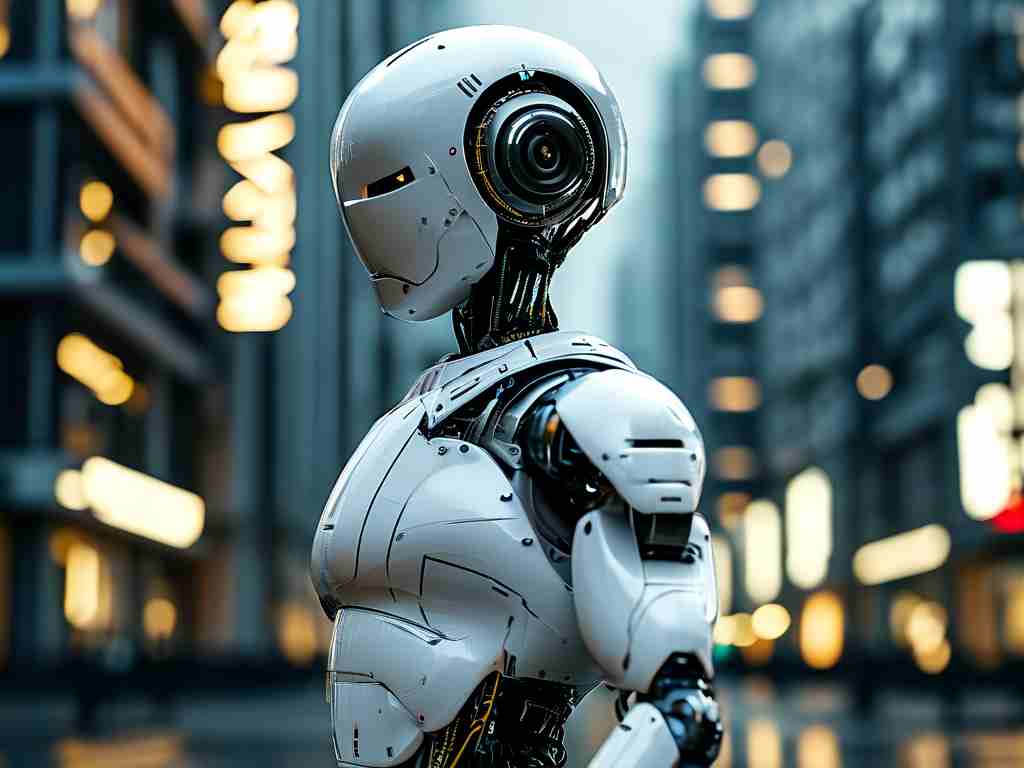Tesla’s foray into humanoid robotics has sparked global fascination, blending automotive innovation with cutting-edge artificial intelligence. The company’s Optimus project, unveiled in 2022, represents a bold leap into next-generation automation, aiming to create robots that seamlessly integrate into daily life. Unlike traditional industrial robots, Tesla’s humanoid design focuses on versatility, adaptability, and human-like interaction—a vision that could redefine industries from manufacturing to healthcare.

At the core of Tesla’s humanoid technology lies its proprietary neural network architecture, initially developed for autonomous vehicles. By repurposing this framework, engineers have trained Optimus to recognize complex environments, manipulate objects with precision, and even respond to verbal commands. The robot’s sensor suite, including multi-spectral cameras and tactile feedback systems, enables real-time spatial awareness comparable to human perception.
One groundbreaking aspect is Tesla’s approach to mobility. Optimus utilizes a bipedal design powered by lightweight actuators, achieving a balance between energy efficiency and dynamic movement. Early prototypes demonstrate tasks like walking on uneven terrain, climbing stairs, and carrying payloads up to 20 kilograms—capabilities that surpass many existing humanoid models.
Industry analysts highlight Tesla’s manufacturing edge as a game-changer. The company plans to leverage its Gigafactory infrastructure for scaled production, targeting a unit cost below $20,000. This aggressive pricing strategy, coupled with over-the-air software updates, positions Optimus as a viable solution for small businesses and households—a market traditionally underserved by industrial robotics.
Critics, however, raise concerns about ethical implications and workforce disruption. While Tesla emphasizes collaborative roles for Optimus—such as handling hazardous materials or assisting the elderly—labor economists warn of potential job displacement in sectors like logistics and retail. Regulatory bodies are already drafting guidelines for human-robot collaboration, emphasizing safety protocols and liability frameworks.
Technical hurdles remain, particularly in power management and fine motor skills. Current prototypes operate for just two hours on a single charge, limiting practical applications. Tesla’s battery team is reportedly developing solid-state cells specifically for robotics, aiming to triple operational endurance by 2025.
The project’s success hinges on AI advancements. Unlike scripted industrial robots, Optimus must interpret ambiguous instructions and adapt to unpredictable scenarios. Recent demonstrations show the robot learning through virtual simulations—a method Tesla perfected in its self-driving program—where millions of scenarios are processed daily to refine decision-making algorithms.
Competition in the humanoid robotics space is intensifying. Boston Dynamics’ Atlas and Honda’s ASIMO pioneered early innovations, but Tesla’s focus on mass-market accessibility creates a unique niche. Startups like Figure AI and Sanctuary AI are also entering the arena, though none match Tesla’s vertical integration capabilities spanning hardware, software, and production.
Looking ahead, Elon Musk envisions Optimus evolving beyond physical labor. At a recent investor meeting, he hinted at integrating Starlink connectivity and Neuralink interfaces, suggesting future models might assist in space exploration or directly interface with human cognition. While such claims invite skepticism, they underscore Tesla’s ambition to position humanoid robots as general-purpose assistants rather than single-task tools.
The societal impact could be profound. If successful, Tesla’s humanoid technology might democratize automation, enabling small manufacturers to compete with industrial giants. In healthcare, prototypes are already testing patient-lifting mechanisms that reduce caregiver injuries. Educational institutions are exploring robot-assisted STEM programs, using Optimus kits to teach next-gen robotics engineering.
As development accelerates, the fusion of Tesla’s automotive-grade engineering with AI expertise creates a compelling blueprint for humanoid robotics. While challenges persist in software reliability and public acceptance, the Optimus project exemplifies how cross-industry innovation can push technological boundaries—potentially ushering in an era where humanoid robots become as commonplace as smartphones.


